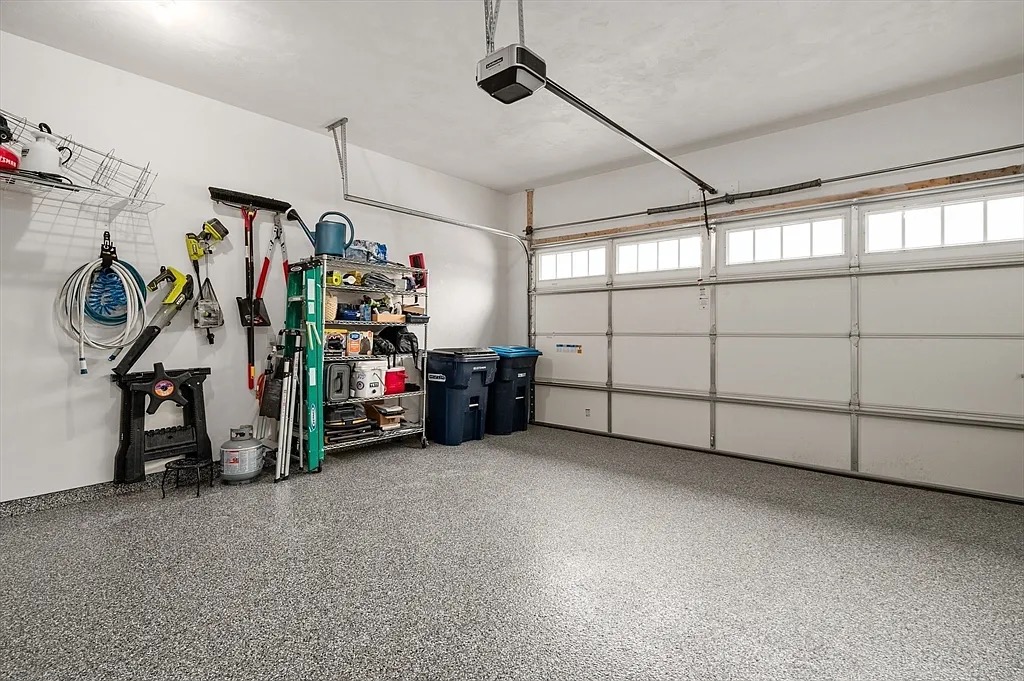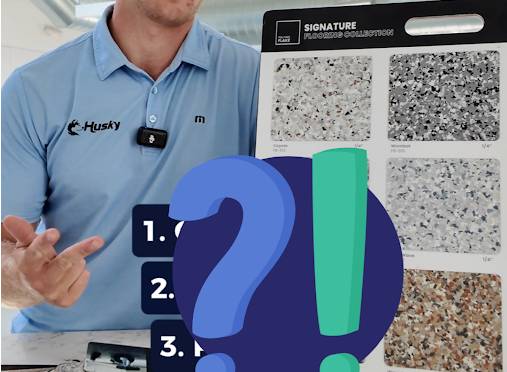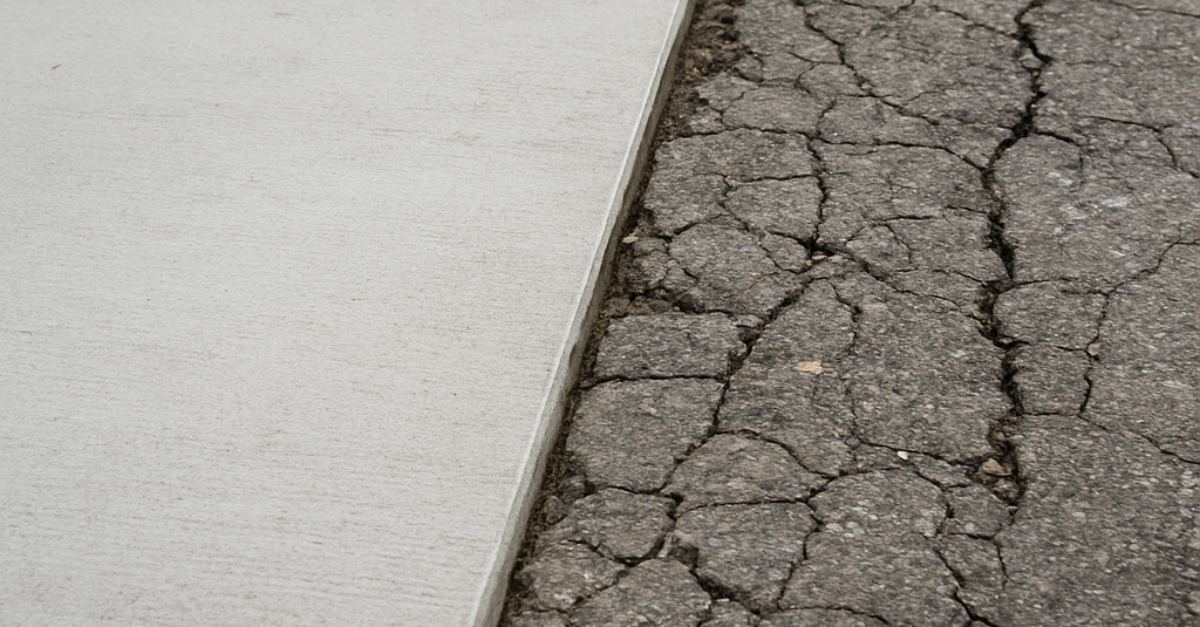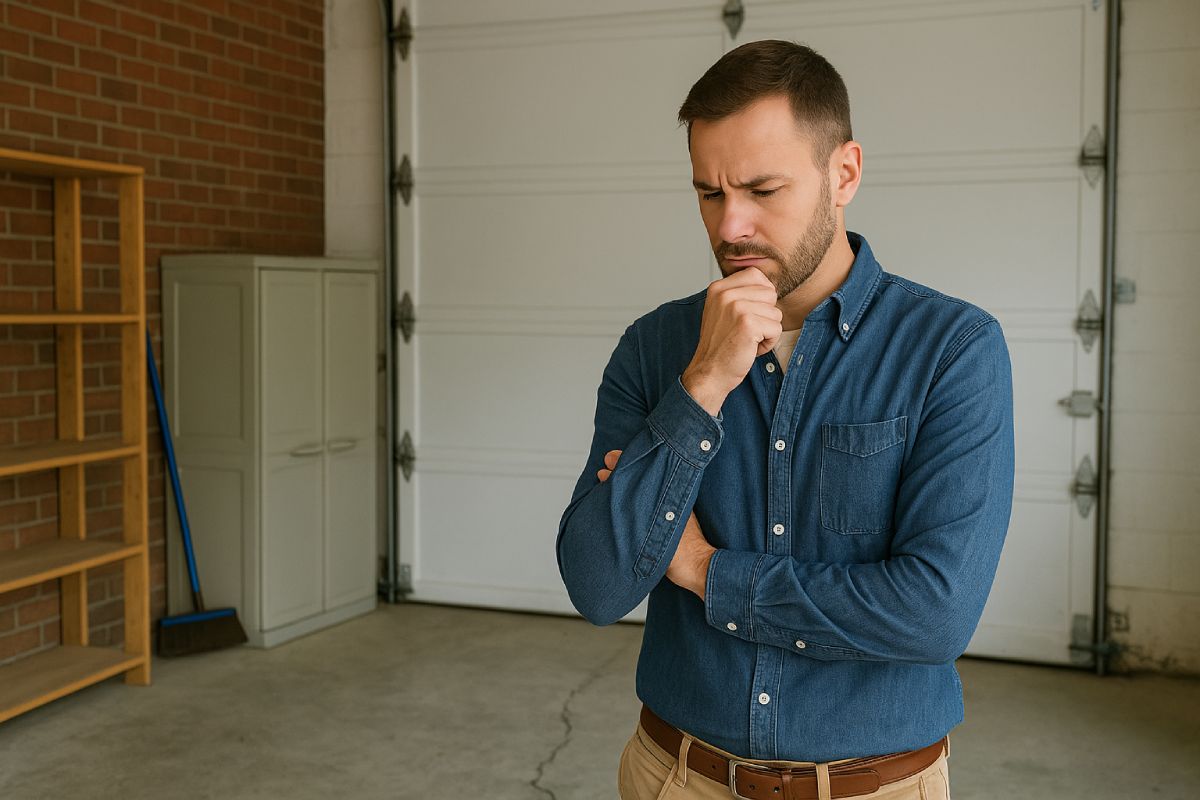
Concrete takes a beating. Driveways crack, garage floors stain, patios fade, and basements start to look rough after years of use. When that happens, homeowners usually think about one of two options: replace the slab or find a way to restore it. The truth is, if the base of your concrete is still solid, resurfacing is often the smarter, faster, and more cost-effective choice.
TLDR / Key Summary
- Resurfacing is a smart alternative if the concrete base is structurally sound.
- Costs 40% to 60% less than replacement.
- Faster, less disruptive, and gives the surface a brand-new look.
- Works for driveways, patios, garages, and basements.
- Lasts 10–20 years with proper care.
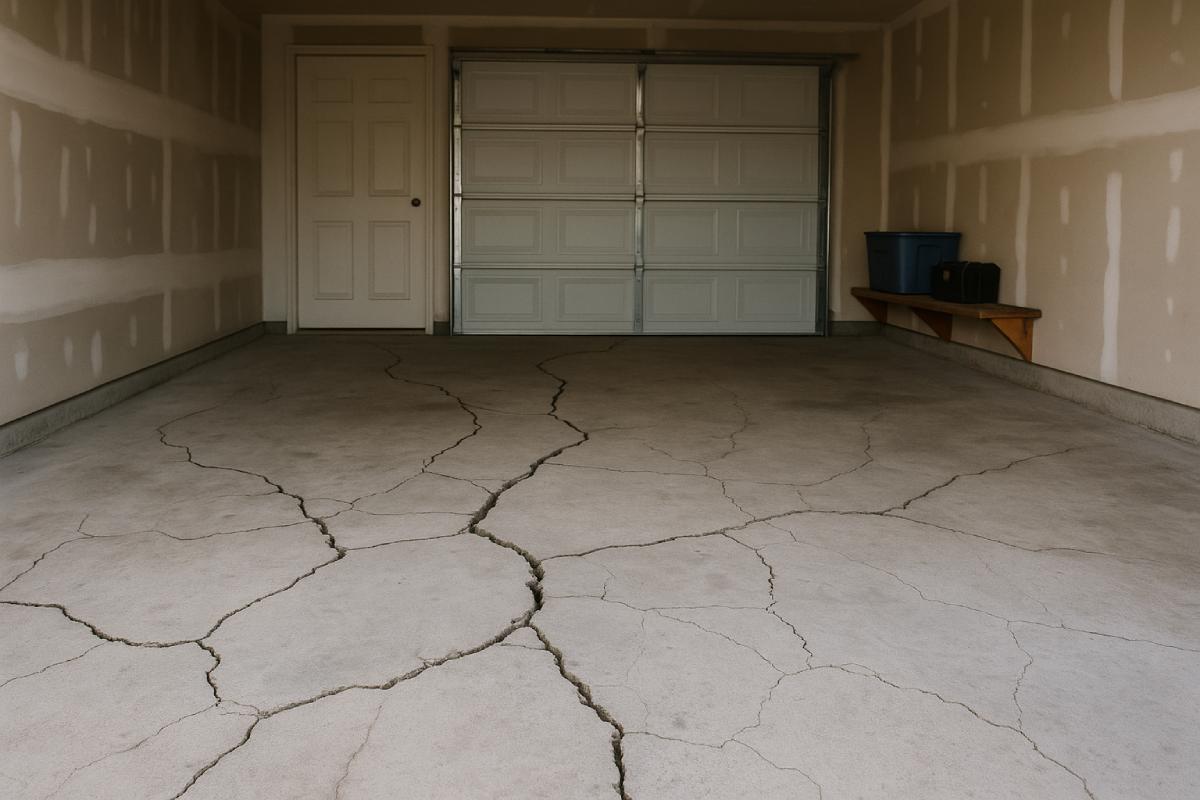
Why resurfacing is often better than replacing
Replacing concrete means demolition, hauling away old material, and pouring a brand-new slab. That takes time, creates mess, and costs thousands more than necessary. Resurfacing keeps the existing base in place and adds a strong new layer on top. The end result looks and performs like new concrete without the expense and hassle of a full replacement.
For homeowners trying to decide between the two, the key question is simple: is your slab structurally sound? If it is, resurfacing is almost always the better move.
The cost difference that matters
Money drives most home improvement decisions, and concrete is no different. On average, resurfacing runs between $3 and $10 per square foot, depending on the prep work needed and the finish you choose. Replacing the same area often costs double—or more. For a two-car driveway, that can mean the difference between spending $3,000 and $8,000.
Bottom line: resurfacing stretches your budget while still delivering a “like-new” result.
The durability homeowners expect
A common concern is whether resurfaced concrete will actually last. Done right, it does. A professional resurfacing job typically lasts 10 to 20 years with basic maintenance like cleaning and sealing. That means your garage floor or driveway will hold up to traffic, weather, and everyday wear without needing another major fix anytime soon.
More than just a patch job
Resurfacing isn’t just about covering cracks. Today’s polymer-modified overlays bond tightly to the existing surface, resist chipping, and allow for different textures or decorative finishes. That means you can choose a simple smooth look, a stamped design, or even a stained surface that boosts curb appeal.
Where resurfacing makes the most sense
Not every slab can be saved, but many can. The best candidates for resurfacing are:
- Driveways with surface cracks or fading
- Garage floors with stains or light pitting
- Patios that look weathered but remain solid
- Basement floors that need a clean, updated finish
If your concrete is crumbling, sinking, or breaking apart at the base, replacement may be necessary. Otherwise, resurfacing is a strong solution.
Why trust a professional
DIY resurfacing kits exist, but the results rarely match professional work. Surface prep is critical—miss a step and the new layer won’t bond. Husky Concrete Resurfacing has the equipment, materials, and expertise to make sure the finish lasts. For homeowners, that means peace of mind knowing the job is done right the first time.
Final answer: yes, resurfacing is a good idea
If your concrete is structurally sound, resurfacing is one of the best investments you can make. It costs less, takes less time, improves appearance, and extends the life of your surfaces for decades.
When you’re weighing the decision, remember this: resurfacing is about restoring what you already have, not overpaying to start from scratch.
continue reading
Related Posts
A new floor doesn’t just make your space look brand
TLDR – Quick Answer Resurfacing typically costs 40% to 60%

